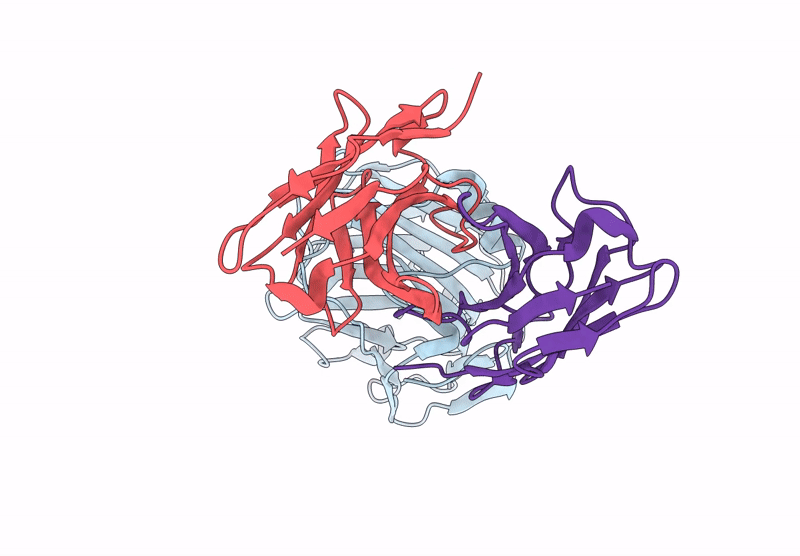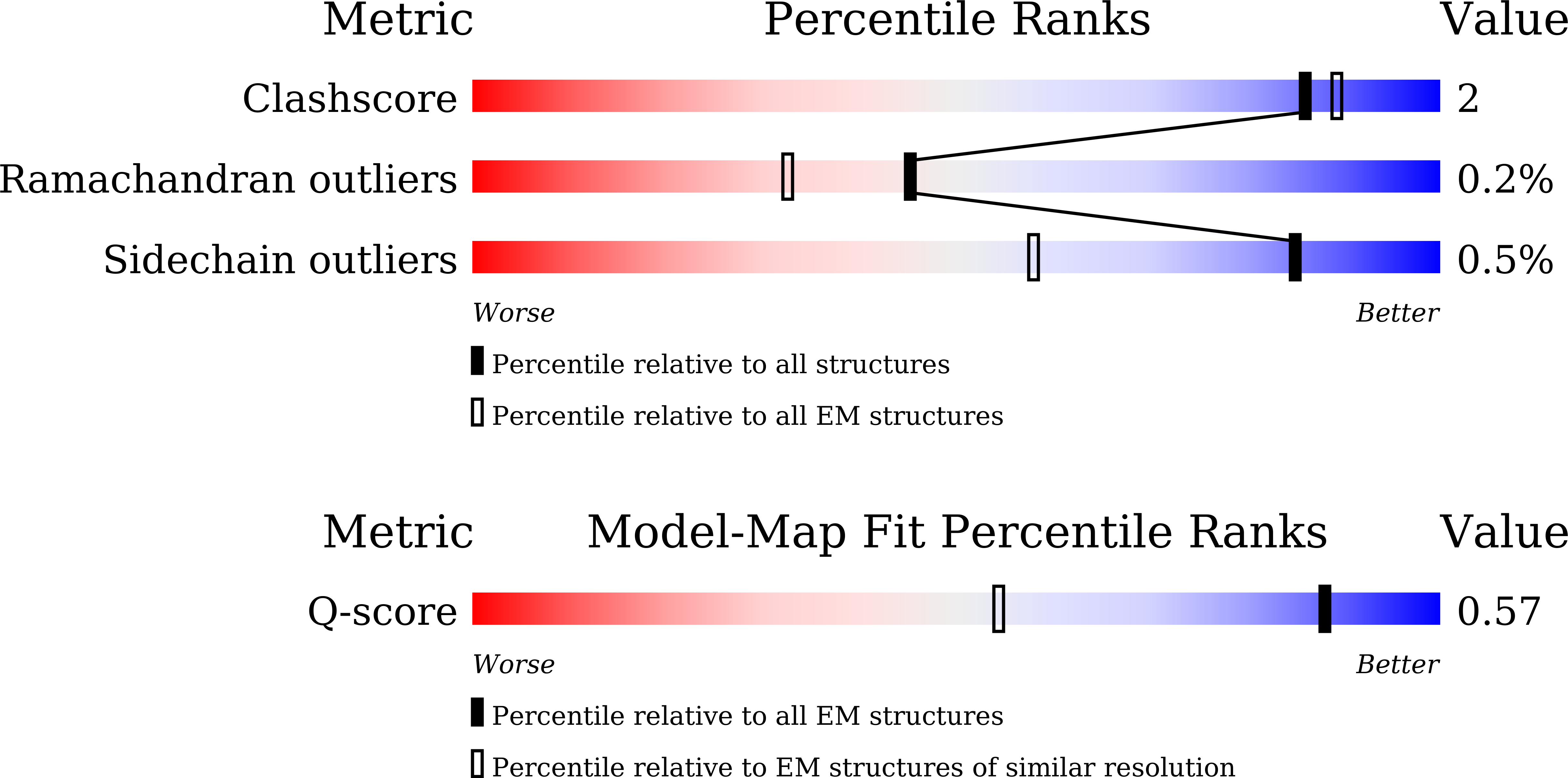
Deposition Date
2025-06-05
Release Date
2025-11-19
Last Version Date
2025-11-19
Entry Detail
PDB ID:
9VCA
Keywords:
Title:
Binding site between C-reactive protein and c2cc monoclonal antibody
Biological Source:
Source Organism:
Homo sapiens (Taxon ID: 9606)
Mus musculus albula (Taxon ID: 947985)
Mus musculus albula (Taxon ID: 947985)
Host Organism:
Method Details:
Experimental Method:
Resolution:
2.40 Å
Aggregation State:
PARTICLE
Reconstruction Method:
SINGLE PARTICLE


